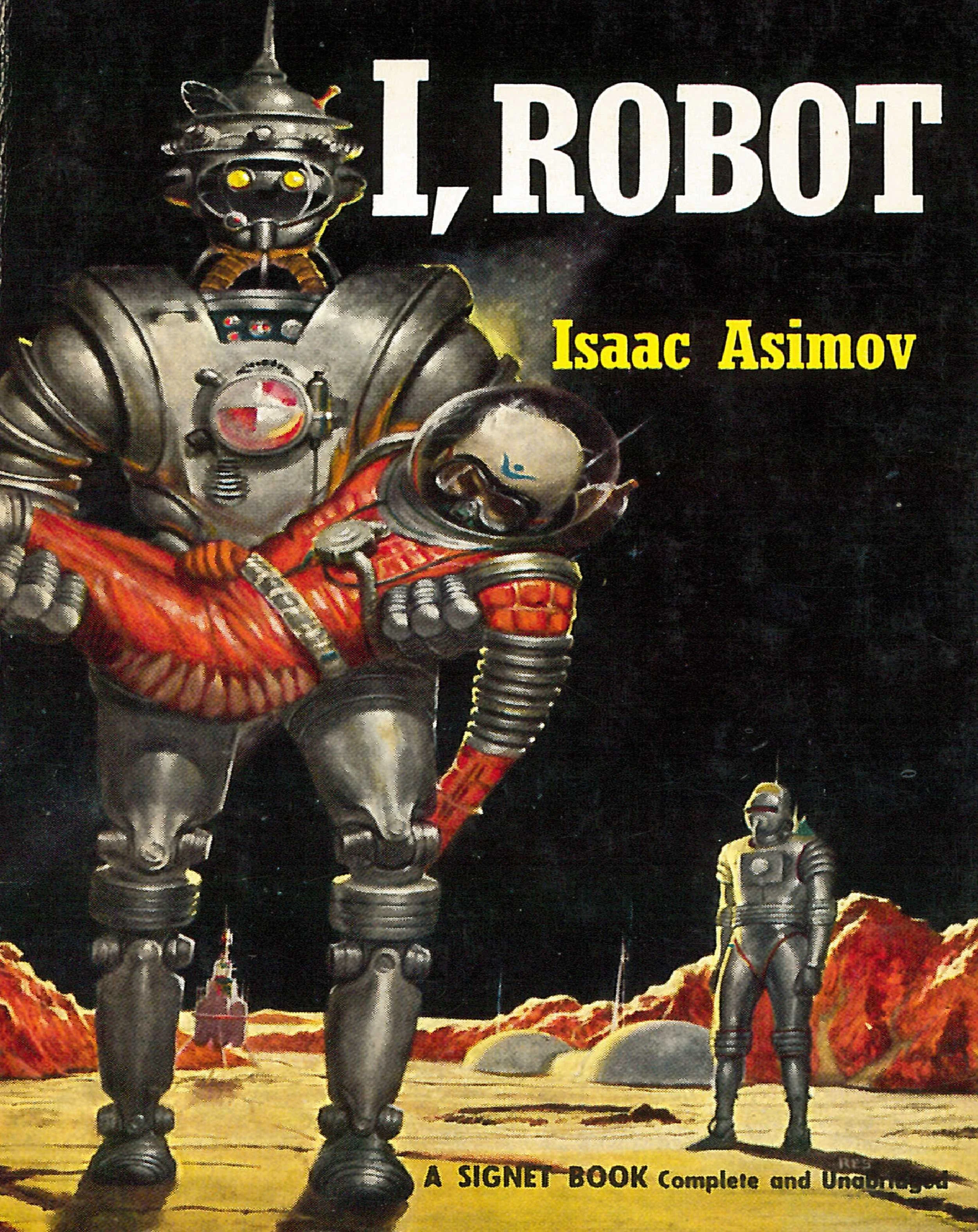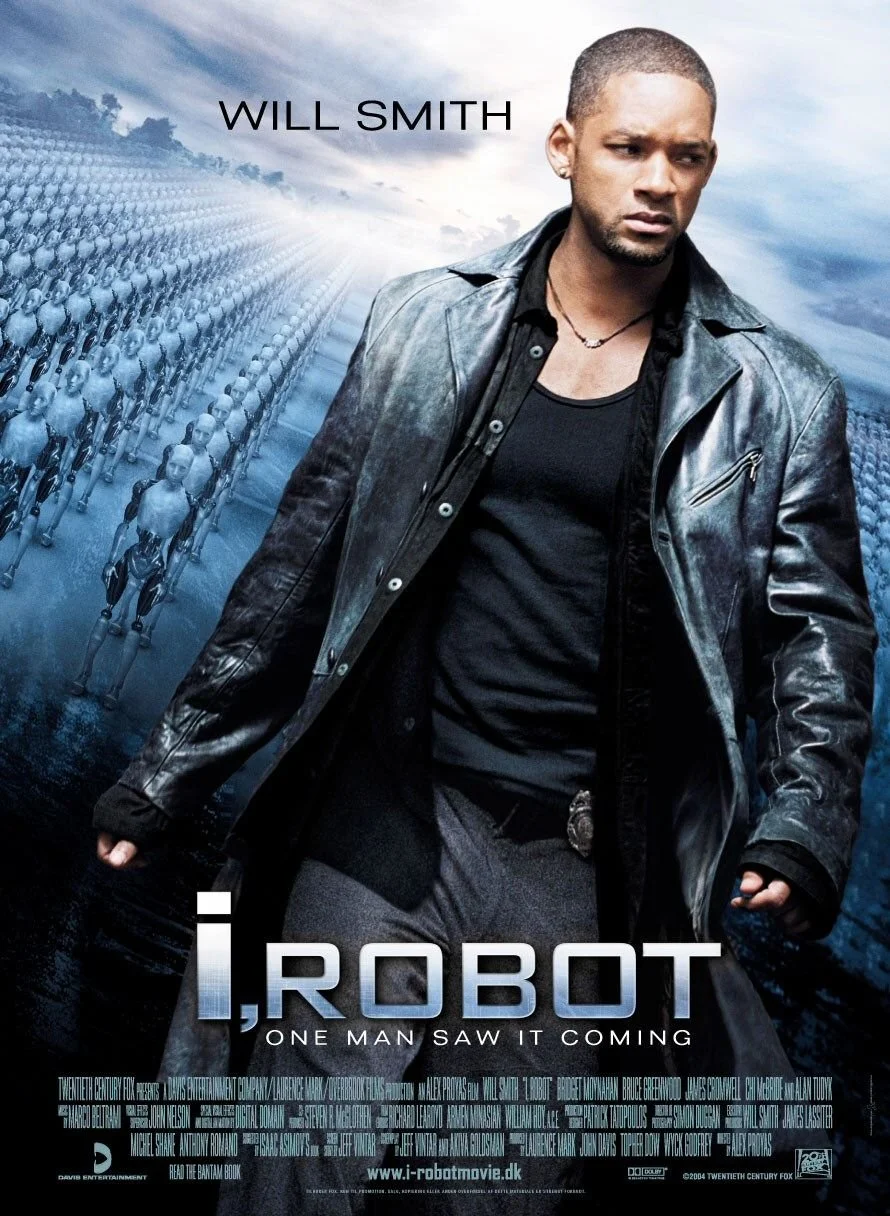Man and Machine: Science Fiction and Robotics
/Science Fiction (Sci-Fi) is one of, if not the most palpable evidence of humanity’s desire to embrace the future and dream into tomorrow. We create and absorb hundreds of varying speculations about what the future will look like. But hope for the future isn’t a one-way street, science fiction has influenced us and our technological growth just as much as we’ve influenced and expanded the genre and its scope.
Today we’re going to be investigating one of the advanced technologies we sometimes take for granted these days: robotics. The development of human-like robots has been a source of speculation since Sci-Fi authors first envisioned them as far back as 1834. Most people’s feelings on the prospect of human-like machines are either very optimistic or very pessimistic, but how exactly has science fiction influenced the way we see the perspective alien life of robots?
Asimov’s Laws
If you’ve spent any time at all in the robotics sphere of Science Fiction, then you’ve certainly heard of the “three laws of robotics,” penned originally by Isaac Asimov as a universal guideline for all robotic entities across his many works of fiction. While the influence of Asimov’s Laws on the rest of science fiction is well-documented enough to fill an entire Wikipedia page, the routinely echoed sentiment that robots must never, directly or indirectly, bring harm to human beings (and do whatever their masters tell them beyond those first two things) has been thoroughly cemented in real-world philosophy about Artificial Intelligence (AI).
While nobody in the global conversation is naive enough to believe that rules invented as a narrative device would be 100% applicable to real life computer engineering, several respected groups have used the three laws as a jumping-off point, altering and adapting them to better fit with the world we actually live in, where events and consequences continue well after the last page.
The Laws vs. Real Robotics
In March of 2007, South Korea announced a Robotics Ethics Charter to be implemented later that year which set to define the codes of best practices for machines performing human tasks. The charter was likened by a representative of the Ministry of Information and Communications to the three laws in terms of purpose and design.
Later, in the summer of 2009, professor of Computer Science and Engineering at Texas A&M Robin Murphy and the Director of Ohio State’s Cognitive Systems Engineering Laboratory David Woods put forward their own idea of the three laws in an issue of “IEEE Intelligent Systems” that they believed better encompassed the real-world applications of Asimov’s ethics. Woods believed that Asimov never intended for his laws to be applied to real life but still found them to be a good basis for laws that apply to the organizations who deploy robots (such as the Centre for Robot-Assisted Search and Rescue that Murphy worked for) and preserved its strong emphasis on safety.
The perspective shift from fiction to reality is perhaps best emblemised by the United Kingdom’s use of Asimov’s Laws in their set of national “soft laws” surrounding AI usage ethics published early in 2011. The UK’s policy totalled five laws, but the first three were versions of Asimov’s updated to accommodate what the government considered incompatible with their use in everyday life rather than works of fiction. The UK’s prime directive was to shift the scope of the laws off robots themselves and onto the humans operating them, as they believe robots are simply tools put to use by humans, so the laws actually apply to us, who program the robots.
People, Fiction and Robots
But Asimov isn’t the only person who believes in the link between science fiction and real technology. A study conducted by German Psychologists Markus Appel and Martina Mara set out to define whether Science Fiction made humanoid robots seem more appealing to humans by circumventing the “uncanny valley” effect (which suggests that things appearing almost—but not quite—human provoke eeriness and discomfort in people.) The study concluded that the group exposed to their Sci-Fi story instead of a non-fiction instruction manual were significantly more receptive to the robot they were showed. By reading the story, the participants established a stronger sense of humanity in the robot, which in turn reduced their feelings of eeriness.
Altogether, the relationship between humans and robots remains contentious these days, but the relationship we both have with Science Fiction may just be the key to us finally learning to understand each other.
Gaelen Guymer writes expository fantasy books for troubled teens and troubled adults alike. He is currently enrolled in a professional writing program at Algonquin College’s school of media and the arts, located in Ontario, with a specialty in narrative fiction and its influence on the psyche. Before he began writing seriously, Guymer volunteered his time with local Ontario counselling services for 2SLBGTQIA+ youth before turning his experience into literary work.




